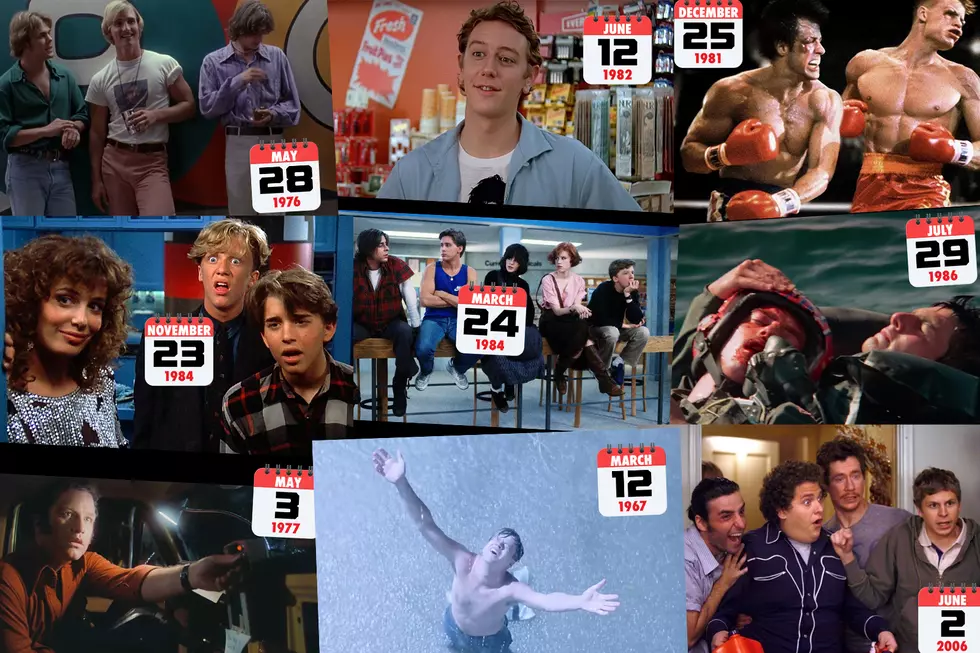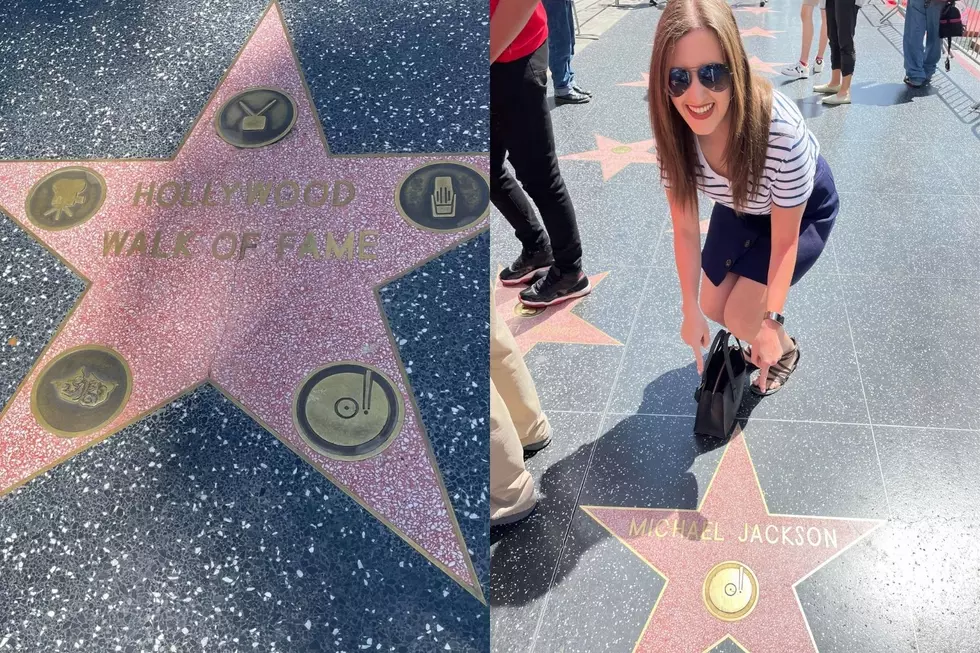
60 Actual Dates When Hollywood’s Biggest Moments Take Place
Including an actual calendar date in a movie or TV show can make an average storyline more realistic, and sometimes even turn that date into a national holiday.
For instance, Rocky Balboa defeated Apollo Creed on Jan. 1, 1976, in Rocky. The two vowed never to fight again, only to have a rematch on Nov. 25 of the same year in Rocky II.
Fictional dates aren't always billboarded or announced with great fanfare. In fact, it's more likely that the calendar entries are included as part of the casual dialogue among characters or sneaked on a family photo or even an identification card.
In The Shining, one particular date was used at the end of the movie to mark a major plot twist. If Jack Torrance (Jack Nicholson) had been at the Fourth of July ball at the Overlook Hotel in 1921, how could he also have been present without aging in the '70s? The black-and-white photograph of 1921 ball-goers that sent many viewers into a tailspin was discovered in a library by director Stanley Kubrick, who then superimposed Nicholson's face into the scene.
"I originally planned to use extras, but it proved impossible to make them look as good as the people in the photograph," Kubrick later told film critic Michel Ciment. "The photograph of Jack's face was then airbrushed into the main photograph, and I think the result looked perfect. Every face around Jack is an archetype of the period." Kubrick then date-stamped the photo "July 4, 1921."
At times, a particular day can shock viewers, and other times the date can be so ridiculous and fun that it becomes a pop-culture touchstone. Some underdogs champion "Rex Manning Day" each year on April 8, for instance, after Empire Records made the date famous in 1995.
There are many others. Check out dozens of the most memorable fictional dates from movies and TV shows, with Aug. 15 actually making our list twice in two separate plot lines.
60 Actual Dates When Hollywood's Biggest Moments Take Place
Rock Movie Facts You Might Not Know
More From KYBB-FM / B102.7








